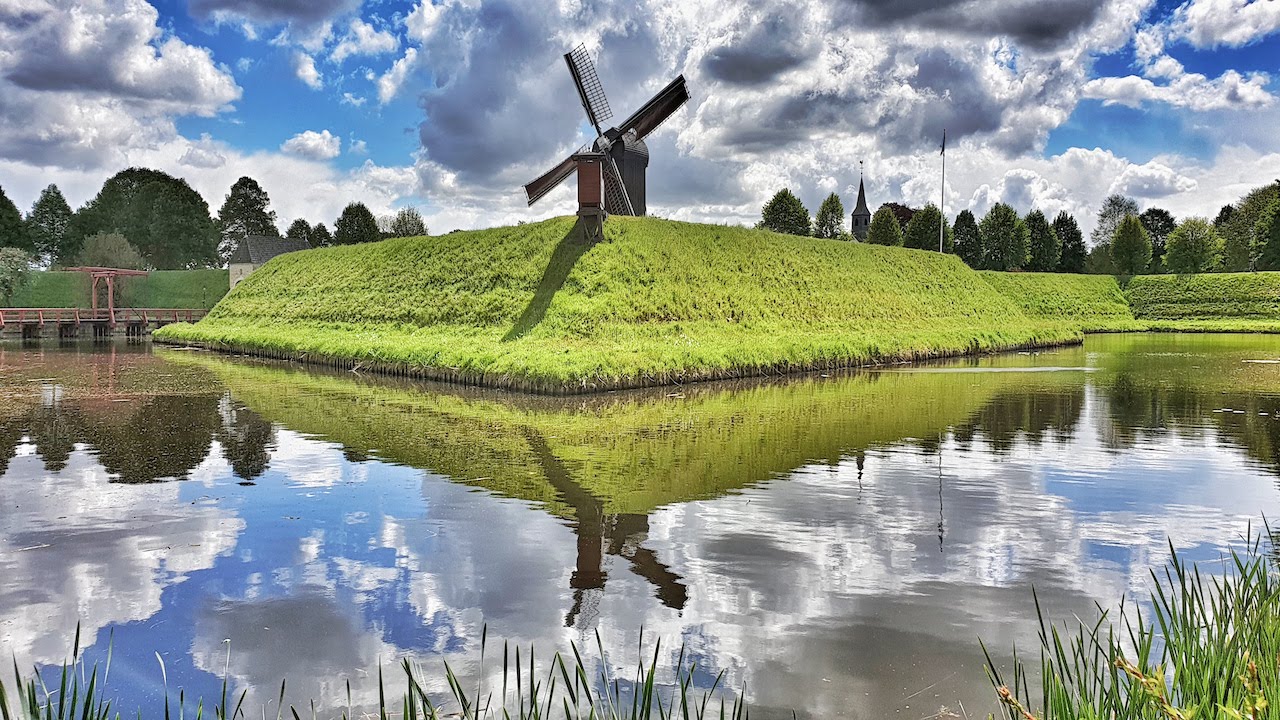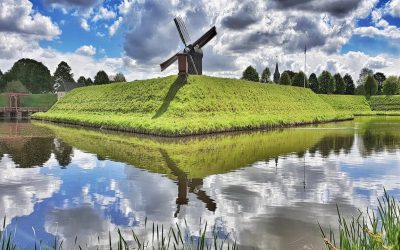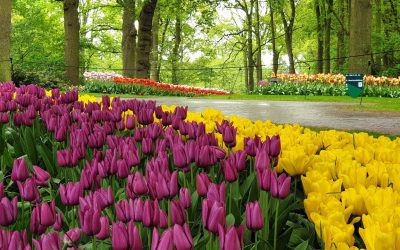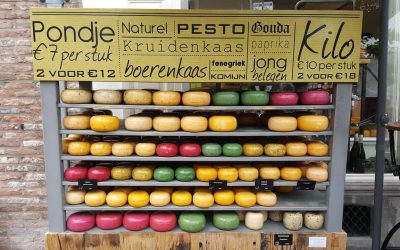The Netherlands is one of the best places in the world for challenging the irrational belief that 'flat is boring'. The Netherlands is...

The Netherlands
The Netherlands
We adore The Netherlands and its province Holland and not just because of their cheese and tulips. For all its flatness, think it has the most amazing 3D landscape. From its vibrant capital to the enigmatic spring Keukenhof gardens, from its Little Venice at Gethoorn to the surprises of the incredible coastal area of Zeeland. Check out our blogs and videos to see the country through a little of our eyes.
Visiting Keukenhof Gardens
The Dutch province of Holland is famous for many things; windmills, canals and of course tulip fields and Keukenhof. What better way to...
Visiting Zeeland in Holland
Ever thought about a visit to Zeeland? Could you even pin-point where Zeeland is on the map? I'll be honest I didn't, so I promise I'm not...
Follow us
You can find us on social media,
different channels for different content.



